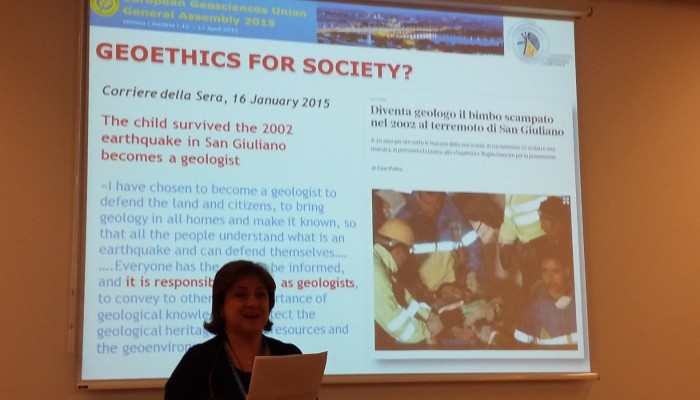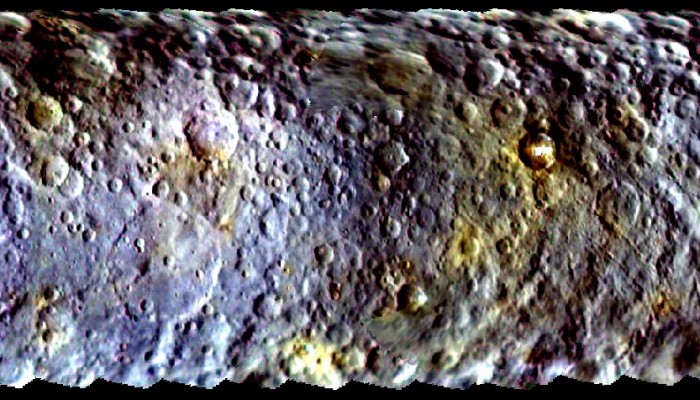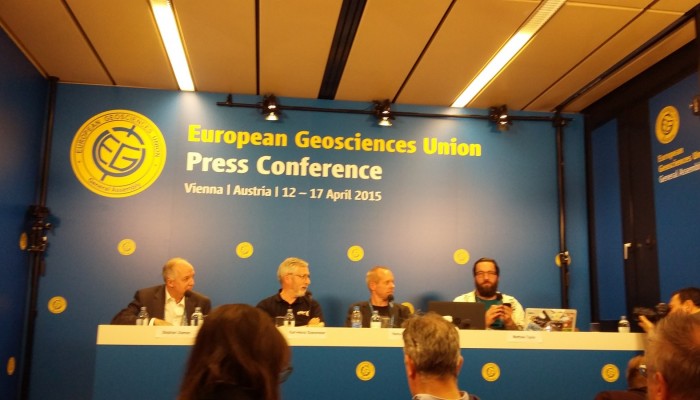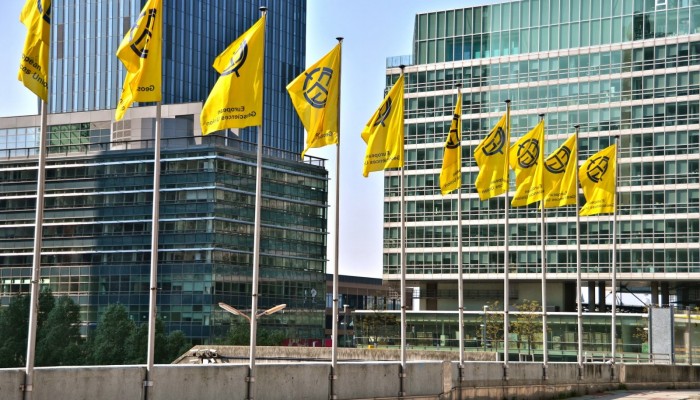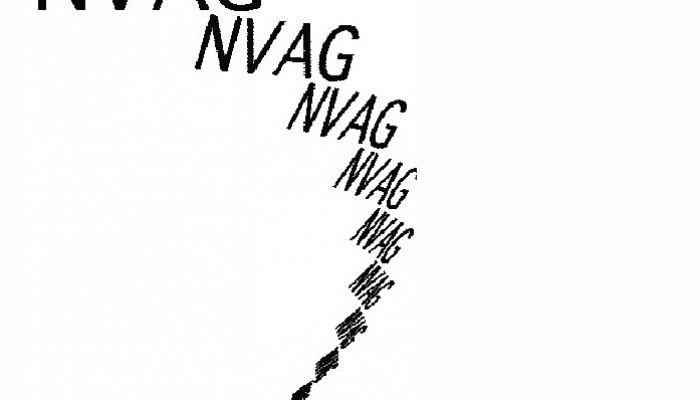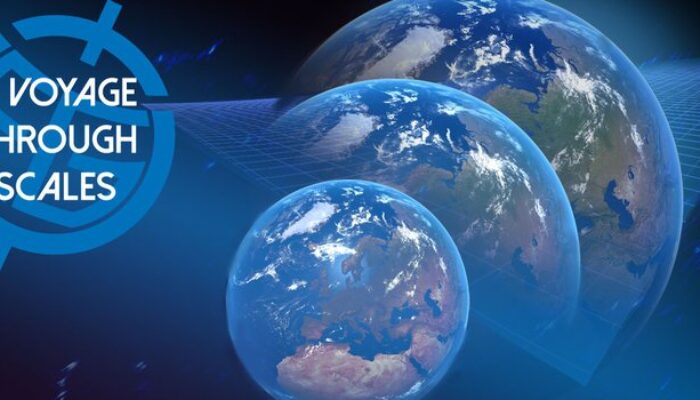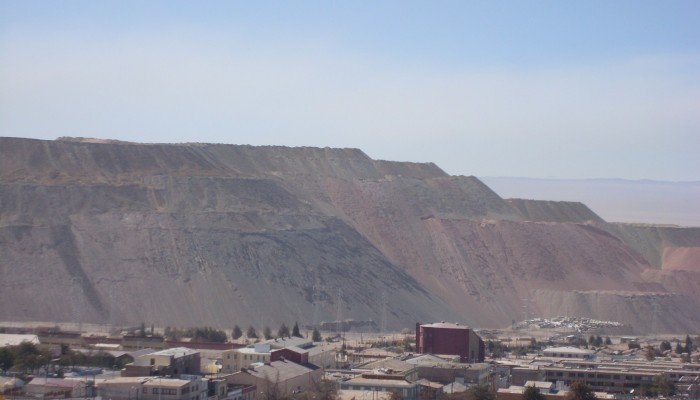This week we’re reporting live from the European Geoscience Union (EGU) General Assembly in Vienna. Yesterday afternoon was the turn of the Geoethics session, which has become something of a regular feature in my EGU diary over the past four years. Organised by the International Association for Promoting Geoethics (IAPG), the session began by looking at ‘Geoethics at the Heart of Geosc ...[Read More]
If you didn't find what you was looking for try searching again.
GeoLog
At the Assembly: Thursday highlights
Welcome to the fourth day of General Assembly excitement! Once again the day is packed with great events for you to attend and here are just some of the sessions on offer. You can find out more about what’s on in EGU Today, the daily newsletter of the General Assembly – grab a copy on your way in or download it here. The first Union-wide session of the day focuses on geophysics and resilience and ...[Read More]
GeoLog
Findings from NASA’s Dawn Mission shed new light on Ceres
Scientists working on NASA’s Dawn mission revealed new findings from the spacecraft at EGU’s General Assembly. This blog post is brought to you by Nikita Marwaha, reporting on the press conference in Vienna, Austria. The very first press conference of the 2015 General Assembly this year took a closer look at the surface of Ceres. Scientists working on NASA’s Dawn Mission shared new results from th ...[Read More]
Geology for Global Development
EGU15 Opinion: Space Science and International Development
Evidence for water on Mars is growing, with new research presented at the European Geosciences Union (EGU) General Assembly demonstrating novel ways we can evaluate the presence of groundwater and surface water on Mars by looking at key geomorphic features and using Earth and laboratory analogues. Also at the General Assembly, the latest results from the landing of Philae on Comet 67P//Churyumov–G ...[Read More]
GeoLog
At the Assembly: Wednesday highlights
We’re halfway through the General Assembly already! Once again there is lots on offer at EGU 2015 and this is just a taster – be sure to complement this information with EGU Today, the daily newsletter of the General Assembly, available both in paper and for download here. Today features more Union-wide events which celebrate the conference theme: A Voyage through Scales. First up is a symposium o ...[Read More]
GeoLog
Geocomplexity and scales: new worlds or scaling?
To celebrate this year’s General Assembly theme – A voyage through scales – Shaun Lovejoy, President of the Nonlinear Processes in Geosciences Division (NP), takes us on a tour of how scaling might change our view in a range of Earth science topics: from clouds through to geological surfaces. When van Leeuwenhoek peered through the first microscope, he was amazed at the new world ...[Read More]
Geology for Global Development
EGU15 Feature: Equipping to Educate, Educating for Empowerment
Education empowers communities and enables effective accountability between individuals, scientists, government, business and the charity sector. Geo-education is no exception, and while natural hazards education is only one area of this, it demonstrates well the importance of knowledge exchange. In this first blog, from the EGU Press Office, I explore this theme further, reflecting on the role of ...[Read More]
GeoLog
At the Assembly: Tuesday highlights
Welcome back to the second day of the 2015 General Assembly! Today is packed full of excellent sessions, and this list of highlights is by no means comprehensive! Make sure you complement this information with EGU Today, the General Assembly newsletter, to get the most out of the conference – grab a copy on your way in or download it here. This year, the General Assembly has a theme – A Voyage thr ...[Read More]
GeoLog
Photo Contest finalists 2015 – who will you vote for?
The selection committee received over 200 photos for this year’s EGU Photo Contest, covering fields across the geosciences. The fantastic finalist photos are below and they are being exhibited in Hall X (basement, Blue Level) of the Austria Center Vienna – see for yourself! Do you have a favourite? Vote for it! There is a voting terminal in Hall X, just next to the exhibit. The results will be ann ...[Read More]
Geology for Global Development
Back to Basics – Geology and International Development (Part 3/4)
How can an understanding of geology support and strengthen international development? #7 – Identifying, extracting and managing natural resources, including appropriate environmental protection and post-mining restoration. Minerals and other natural resources are used in every sphere of society – every mobile phone, every computer, every wind-turbine. The income these can raise, also ...[Read More]

